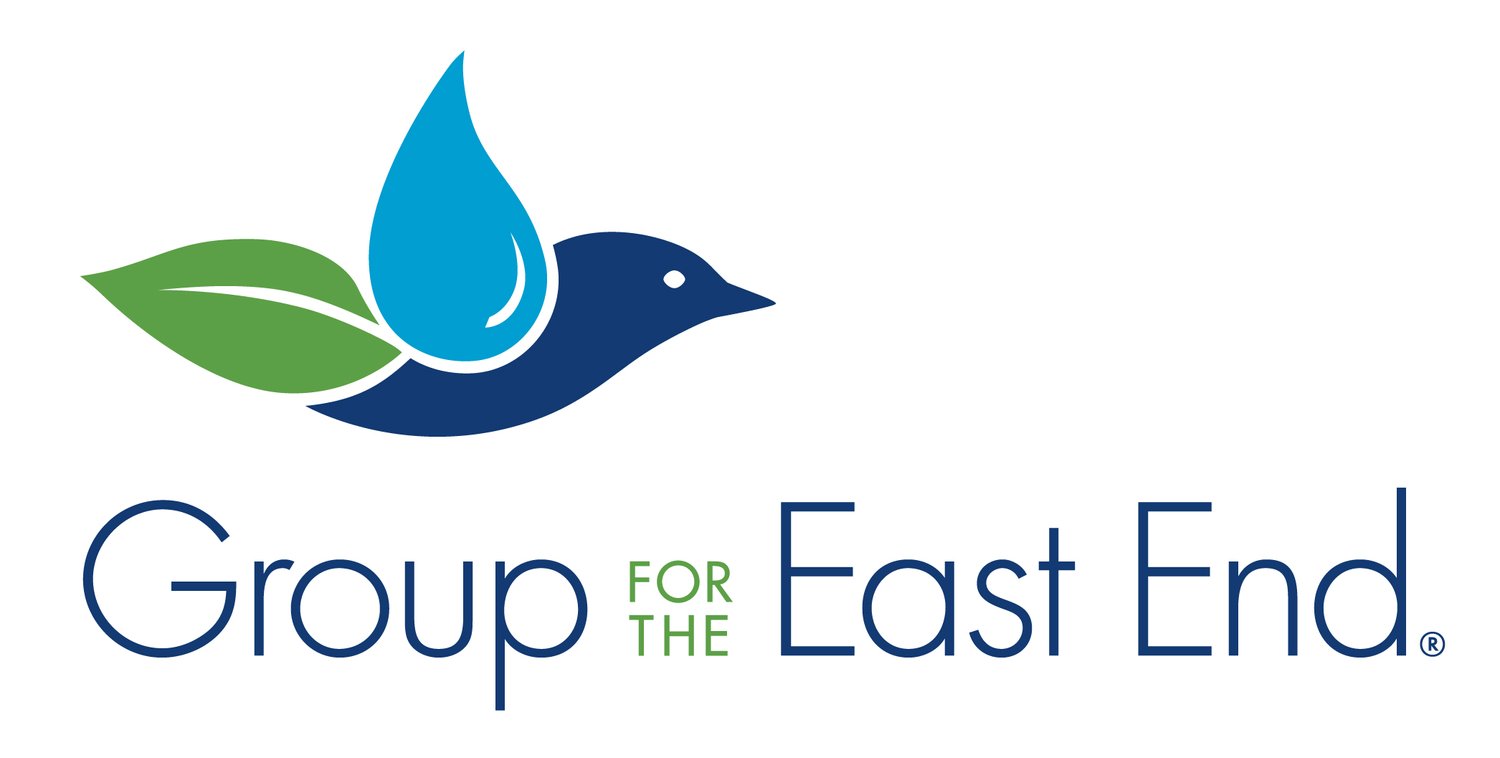Habitat Restoration at Great Pond
Community effort to remove invasive species and plant native plants to restore critical habitat and water quality
Restoring the fragile balance in our natural environment is a group effort! Through invasive species removal, we can rebuild the places where wildlife live and breed, and ensure they do not disappear from our area.
Recognizing the importance of engaging the community in critical habitat restoration initiatives, the Group is partnering with the Kenney’s/McCabe’s Beach Civic Association and the Town of Southold to remove phragmites, also known as common reed, from Great Pond in Southold.
Phragmites is all over the East End, wreaking havoc on saltwater and freshwater wetlands. As with many invasive species, it prevents native plants from growing and displaces wildlife. And for years, this tall aggressive grass has been choking 33-acre Great Pond.
In 2019, the Group and Kenney’s/McCabe’s Beach Civic Association received a grant from the New York State Department of Environmental Conservation to remove three acres of phragmites from the perimeter and within the pond. The Group hired SOLitude Lake Management to remove the water-based phragmites, while staff and volunteers cut down the land-based invasive plants. Residents then replaced the phragmites with native plants such as swamp milkweed, blue flag iris, and sweet pepperbush.
In August 2025, the Group, Kenney’s/McCabe’s Beach Civic Association and the Town of Southold continued removing phragmites with a new round of funding awarded to the town by a Long Island Sound Futures Fund, National Fish and Wildlife Foundation grant. More than 40 volunteers joined us in kicking off this great community effort!
WHAT YOU CAN DO
Lend a hand to help restore critical habitat and water quality on the North Fork:
Saturday, October 18 at 10 a.m.
Saturday, November 1 at 10 a.m.

